Astral Acoustics Eclipse IEM Cable – Light From Across The Universe
Astral Acoustics Eclipse is a $950 USD HiFi IEM Cable with all connectors and terminations included, and today we will review the Eclipse, pairing it with multiple IEMs in the process. Given the price point, we will also compare Astral Acoustics Eclipse with multiple IEM cables, including Astral Acoustics Pulse (550 USD), STE AG W16 (580 USD), and PlusSound Copper+ (999 USD).
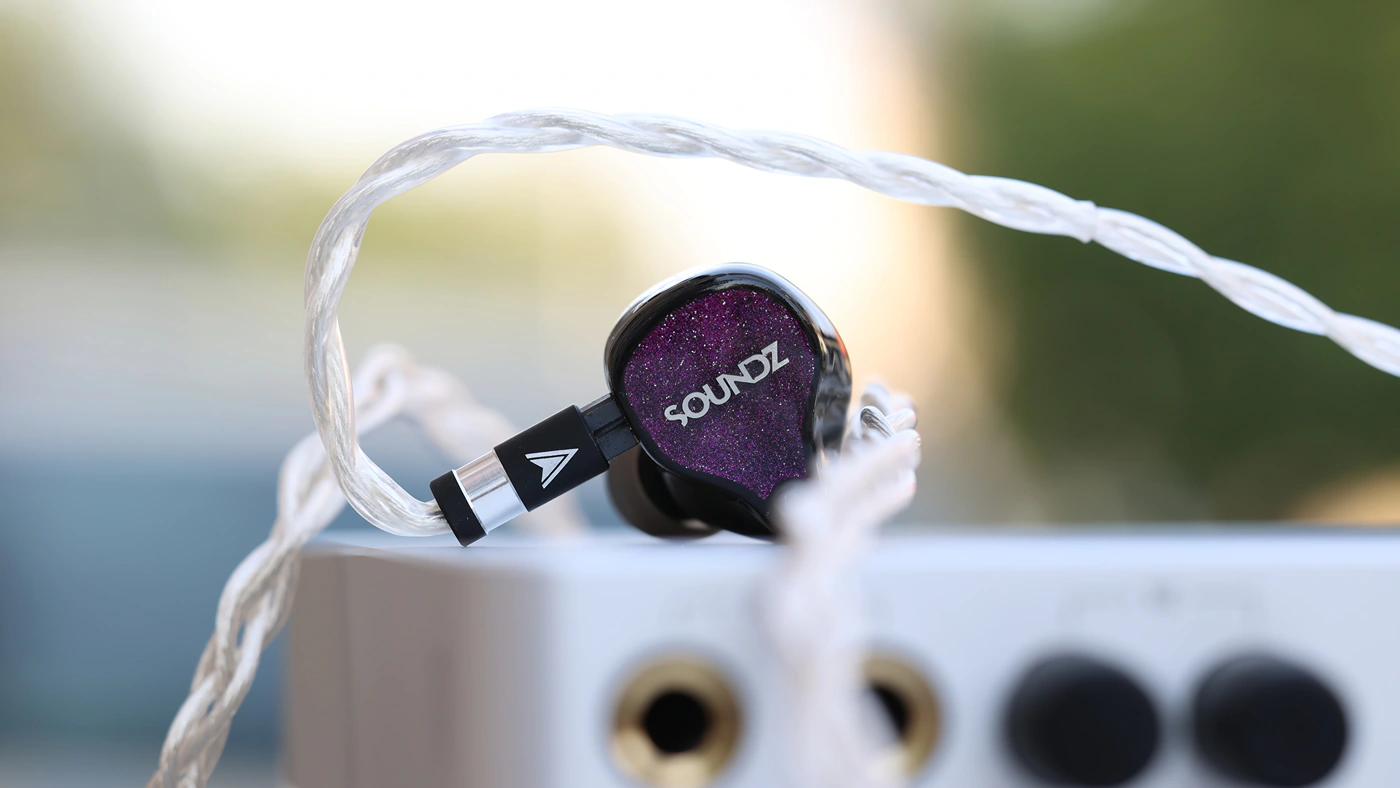
Introduction
Astral Acoustics has a short catalog of products, but each one of them is unique, and well balanced for the price point, the company offers customizability options in every way possible, from the connector, to materials used, to terminations. As an Amazon Influencer, I earn from qualifying purchases, and using the purchase links in my reviews helps me maintain this website and Youtube Channel. A Huge Thanks to Astral Acoustics for providing us with the sample for this review.
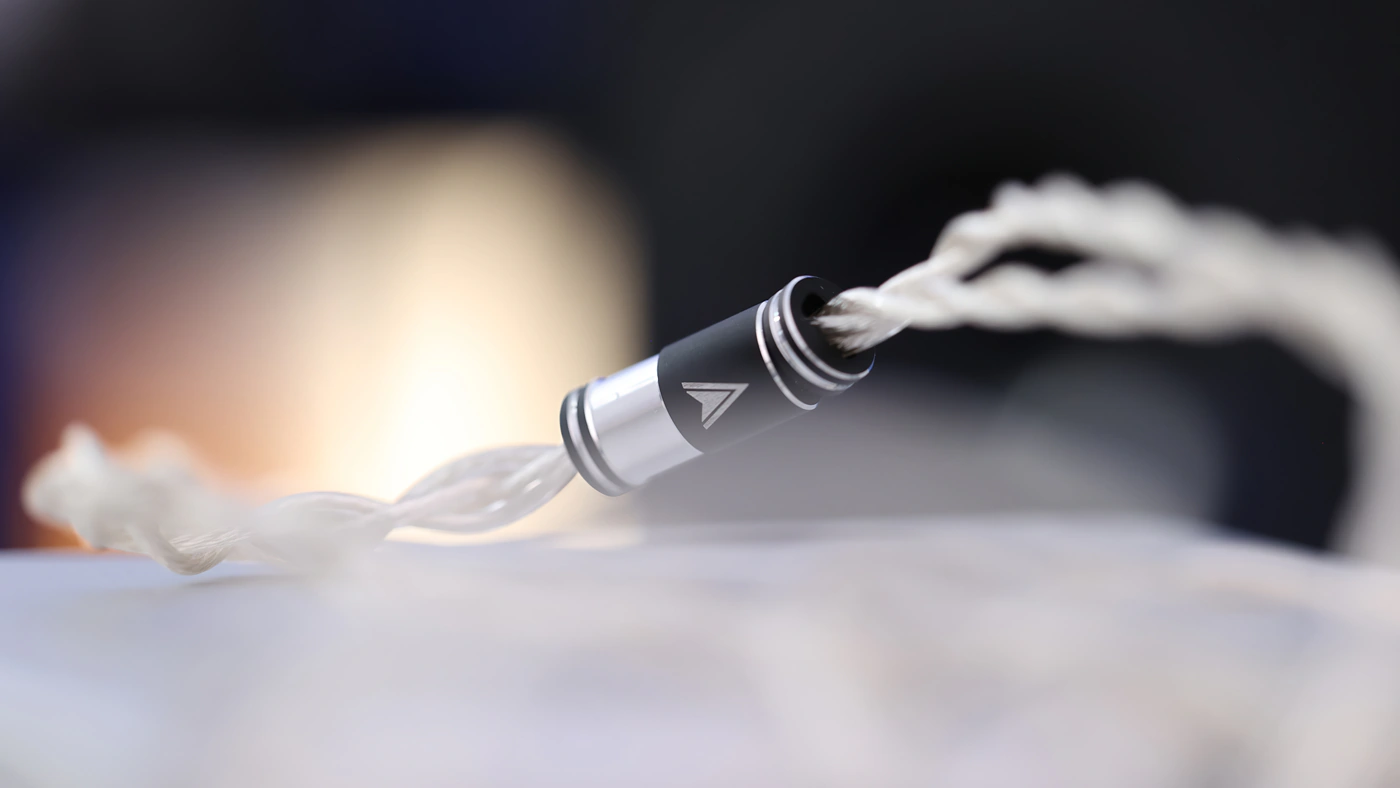
PROs – Smooth and refined sound, soft and flexible build, beautiful connectors, Y Split and IEM connectors that give setups extra style. Overall, it is a transparent sounding cable that will not color the sound very much, but will allow you to enjoy your IEMS in their default state very well.
Cons – Carries the price of a flagship.
Product Link
You can grab one here – https://www.astralacousticscables.com/product-page/eclipse
Build Quality/Aesthetics/Fit/Comfort
As with each cable I have reviewed to date, there are many reasons to upgrade the default cable of an IEM, but usually it boils down to improved ergonomics, improved comfort, better looks, as well as improved sonics. The cable is the link in the chain that affects the sound the least, so you can expect upgrading a cable to have the least impact in theory, but in my experience upgrading a cable is a worthwhile investment when you’re using high-end flagships that can profit the most from fine tuning.
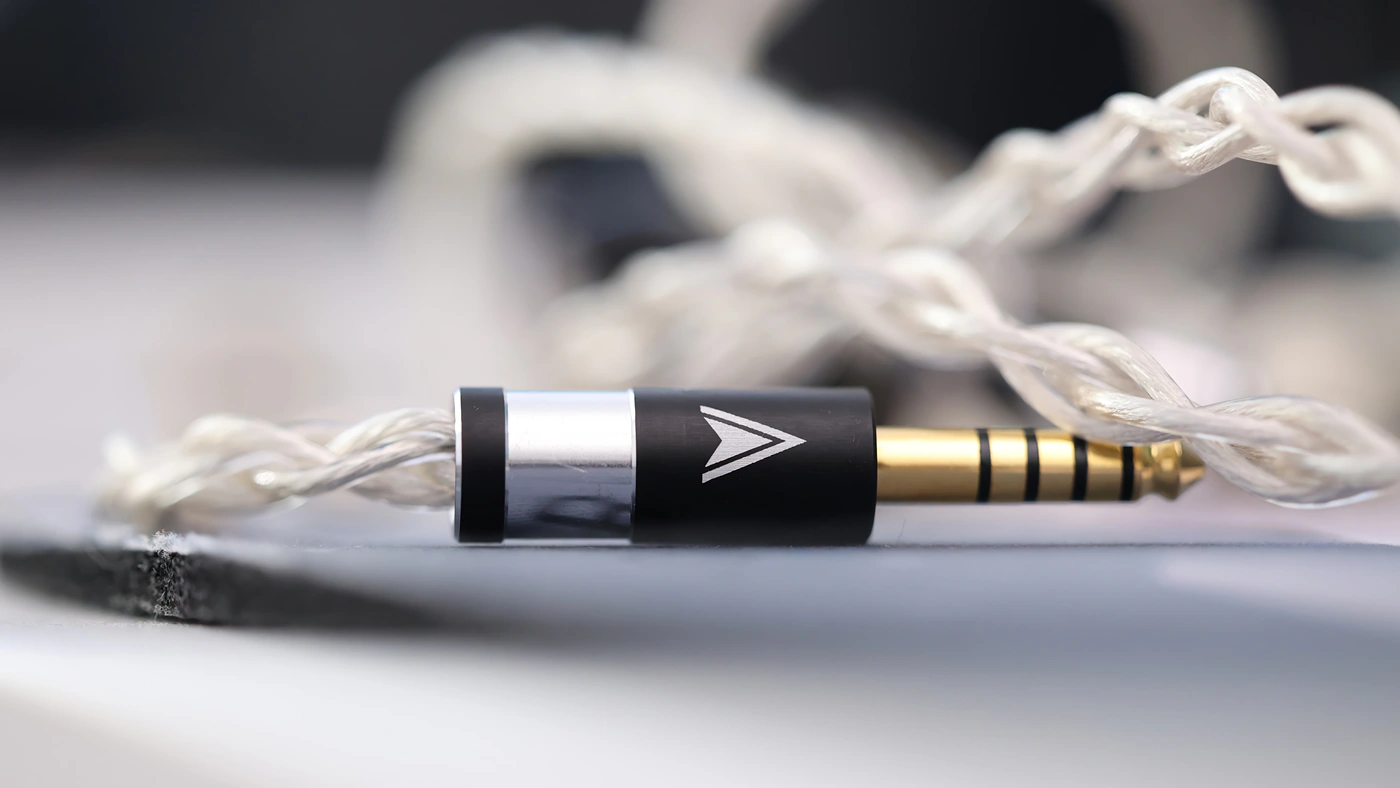
Astral Acoustics Eclipse is the high-end model from Astral Acoustics, with a Silver construction, and it sports a central build of 4x 24 AWG Type 4 Litz 5N Silver. The length is a standard 120 cm, and as with most silver cables, Eclipse is really soft. The company offers 3 years of warranty for their cables, and it takes 5 days from the moment you order until your cable will be ready.
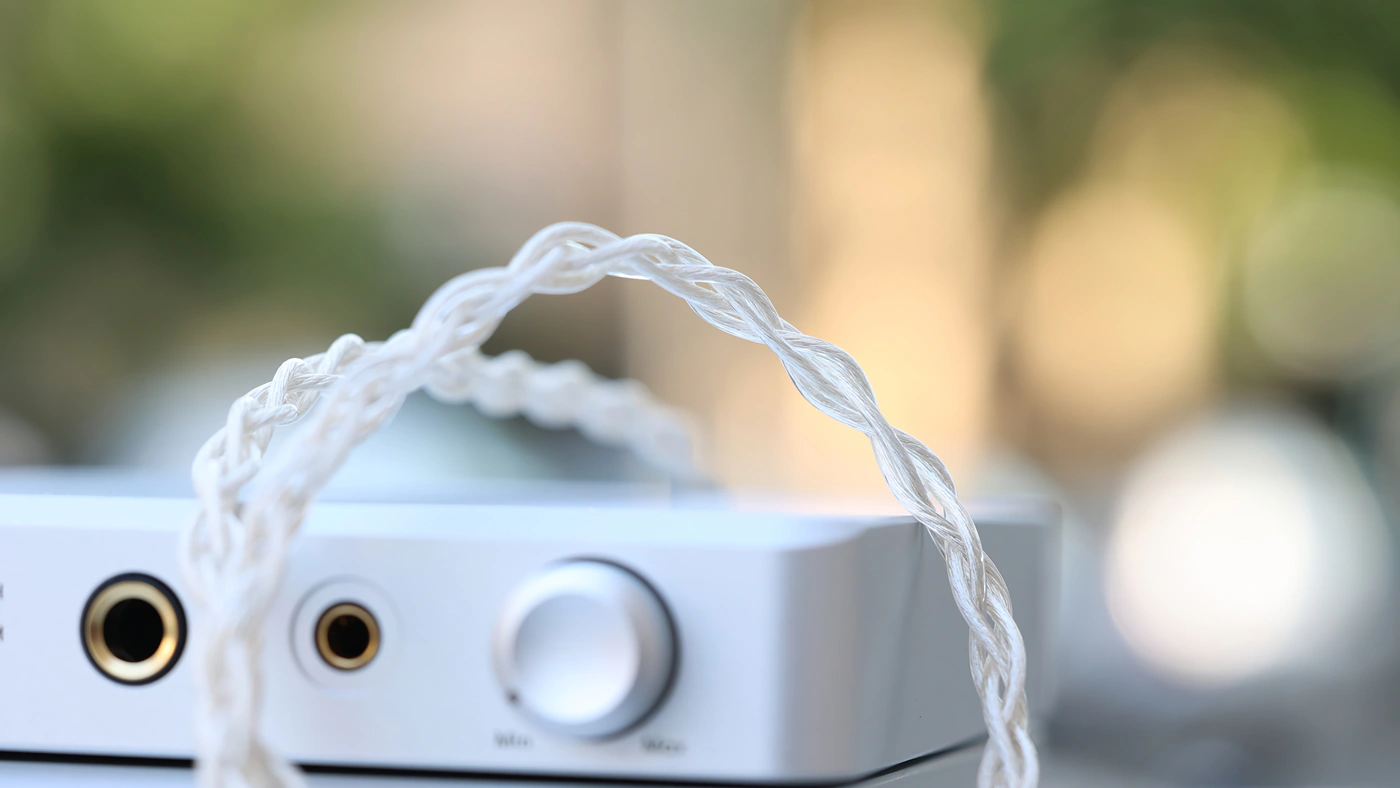
There is not much more official information available on the official website, so I can confirm that subjectively the cable is super soft, the braiding is on the looser side, which effectively cancels all cable microphonic noise, and offers a beautiful silvery color, sturdy build, and sturdy connectors. The cable has a natural weight, which allows it to coil naturally around my ears, without feeling too heavy. There is a heat shrink material that makes it coil around my ear, and although I had problems with ear guides in the past, the one on the Eclipse is more flexible than most other solutions, offering excellent comfort and ergonomics.
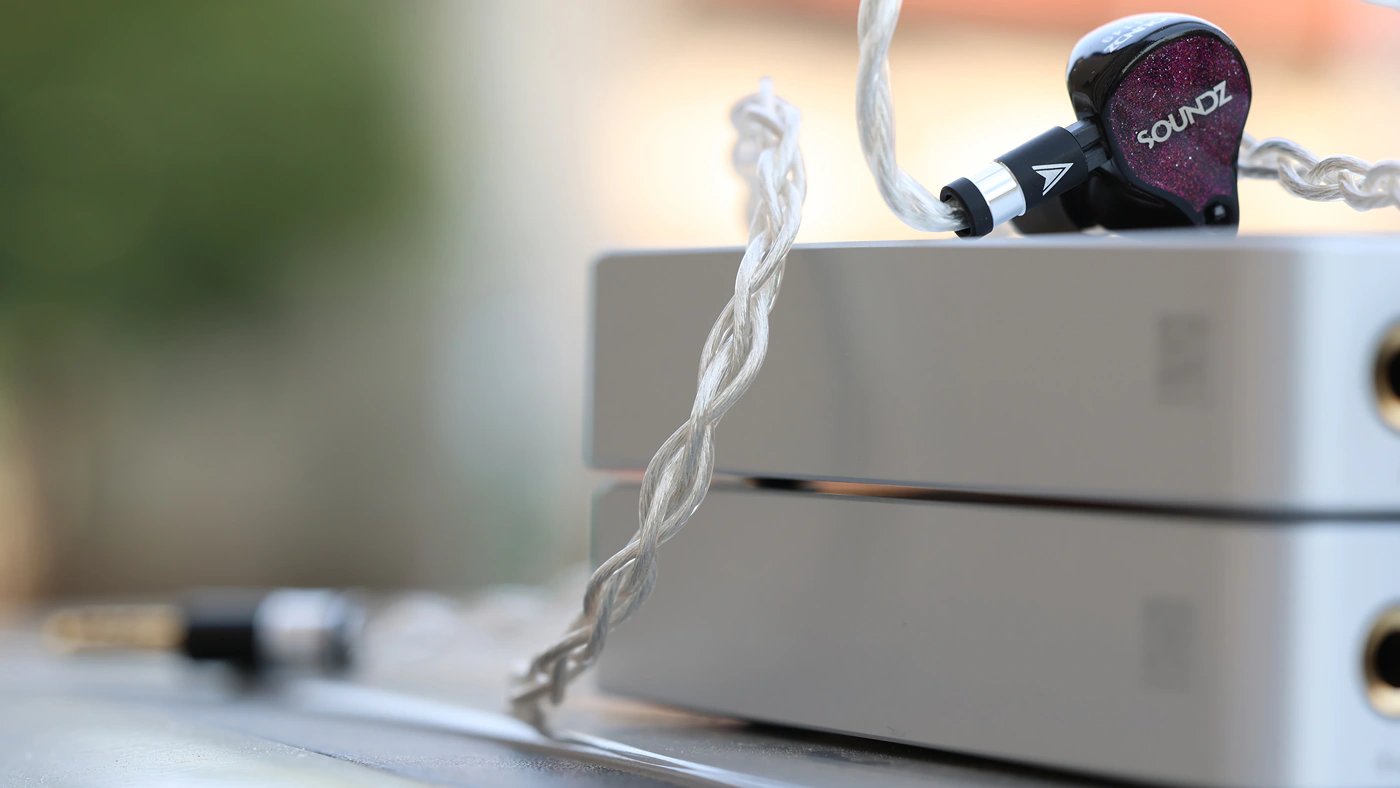
For today’s review, I have paired the Astral Acoustics Eclipse cable with multiple 2-Pin IEMs, including Soundz Avant, 7Hz Aurora, ZiiGaat Cincotres, Ambient Acoustics MAD24, FIR Audio NE4 Neon 4, Letshuoer Cadenza 12, Unique Melody Maven PRO, and Oriveti OV800 IEMs. Astral Acoustics Eclipse is compatible with every IEM I tested it with, and since I got mine with a 4.4mm balanced connector, I was also able to pair the setup with multiple high-end sources.
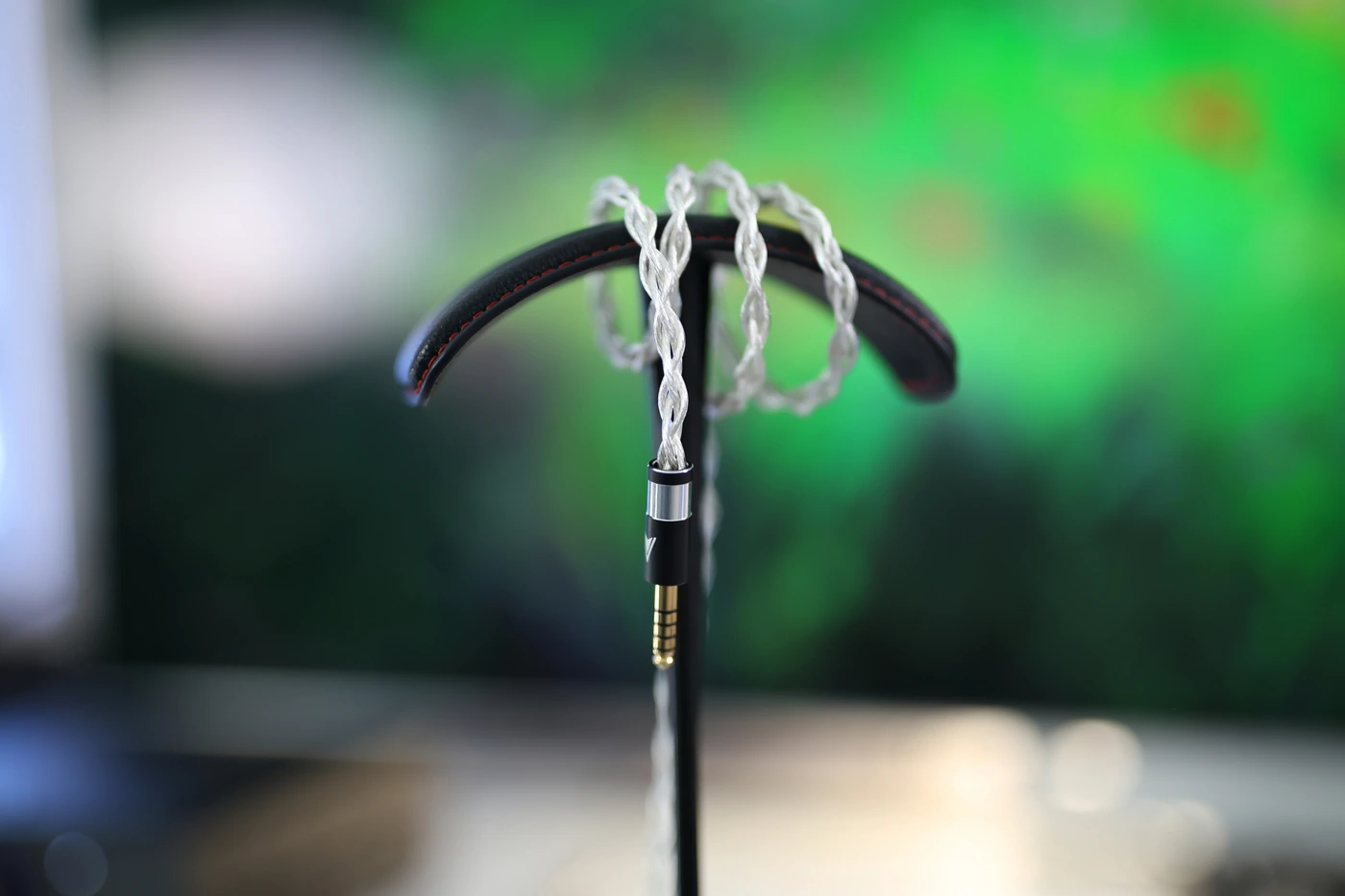
For the source list, I have been using iFi Zen DAC 3, HIFIMAN Prelude Amplifier paired with HIFIMAN Serenade as the DAC, Shanling H2 DAC/AMP, Hiby R4, Creative Sound Blaster X5, Dethonray Listening M1 Desktop DAC/AMP, JDS Labs Atom AMP 2 driven by JDS Atom DAC 2, and FiiO Q15. The 4.4mm balanced connector is standard, and each setup works perfectly with each one of those sources.
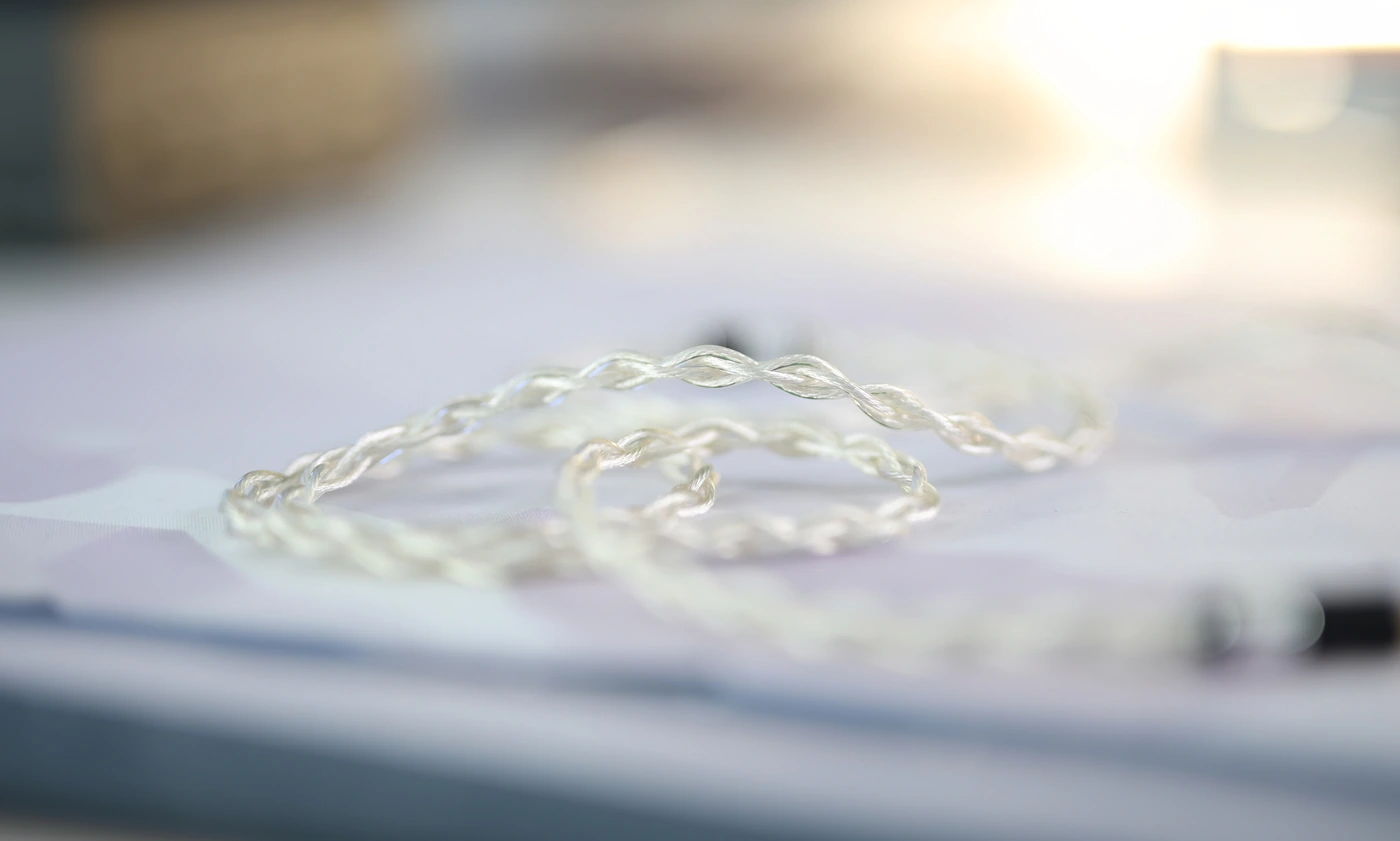
When pairing the cable, I noticed that the build quality, as well as comfort is better than the default cable of Soundz Avant, as the thicker, heavier Eclipse provides better ergonomics for my ears, and allows the IEM to get an even better fit. For Letshuoer Cadenza 12, the default cable is rather tight and springy, so adding the Eclipse improves the comfort considerably, allowing the IEMs to stay in my ears for longer, fall out less and just generally offering a more reliable fitting. Unique Melody Maven PRO has a high-quality default cable, but it is tight and not very flexible, so the extra soft and flexible Eclipse improves the comfort of the Maven PRO a lot. Ambient Acoustics MAD24 comes with a very basic default cable, and adding Eclipse to the setup will improve the sonics considerably, improve the comfort, and allow you to use them with balanced sources, as the IEMs only come with 3.5mm single ended cables from the factory.
Sound Quality
Overall Signature – I always stated that some rules are universal and in this hobby, I think that the hardest to approach is a product that is really transparent and has very little coloration, as it gives very little to work with and write about, but paradoxically, it is also the most desirable product, and the one you want to use the most in a setup. While I don’t necessarily believe in cable burn-in, it took me a couple hundred hours and ABX tests to really understand the sound of the Eclipse, as it is really transparent, it polishes the sound, refines textures, creating a rticher, more revealing presentation, without making the sound clinical and bright, it basically opens up every aspect of the presentation, tightens up the bass, but gives it a strong kick and backbone, while the midrange sounds more natural, cleaner and less grainy when compared to all default cables of the IEMs I paired it with. Eclipse is a really revealing and transparent cable, and as it doesn’t really color the midrange, it takes a moment to really appreciate the effect it has on sound and how it adds contrast, depth, and richness without changing the tonality of the instrument. If anything, it tends to gently smooth out peaks around 9kHz, taking away shrillness and metallic tinge from IEMs that have it.
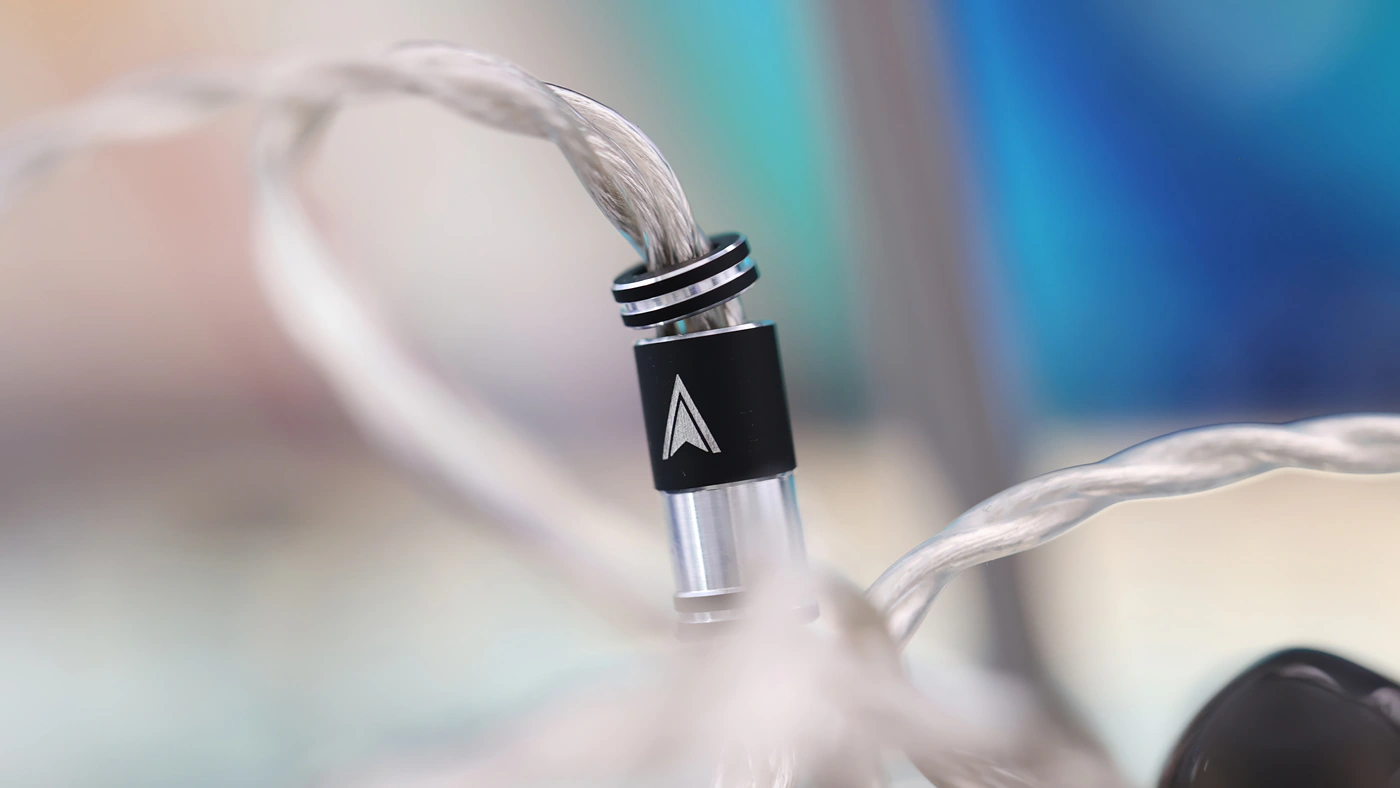
Bass – The bass of Silver is always tighter, more detailed and shows reverberations, details and intricate information more, compared to copper. This is true for the Eclipse too, and it is an inherent characteristic of silver cables, so you can expect a tighter, more detailed bass, which has a quicker, and more obvious impulse response, giving a more rigged and rubbed experience to EDM Electronic bass, while for metal music it adds speed, resolution and speed to all bands. The presentation takes control and gives a lower distortion for any bassy IEM, improving the information revealed without taking away the impact and bass quantity, so IEMs like Maven PRO can still rattle your brain, the sound will just be tighter and more balanced.
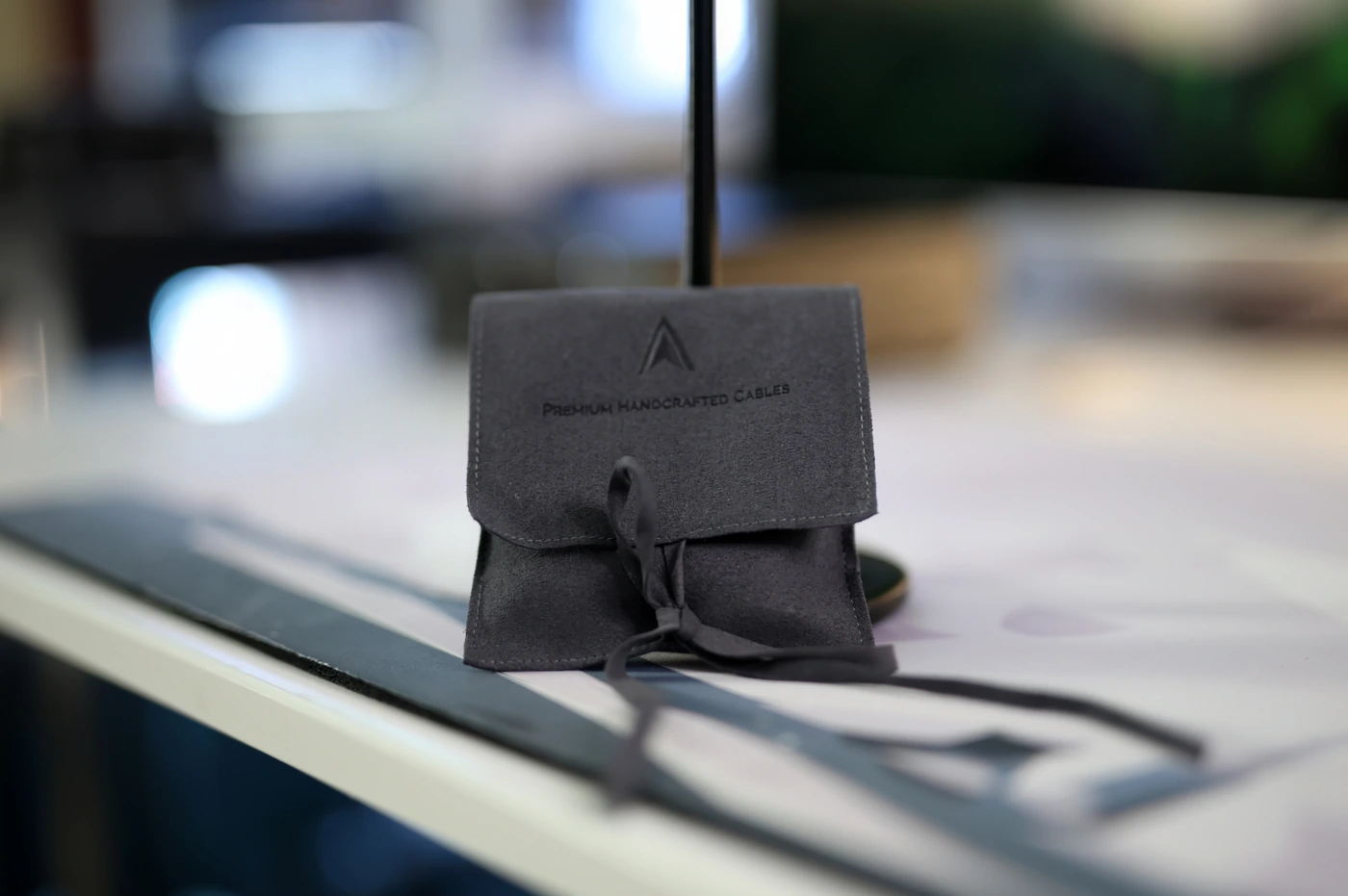
Midrange – The midrange is clean, sparkly, crisp and refined. Textures are far less grainy with all the IEMS I paired the Eclipse with, it feels like the sound is more transparent, actual detail is allowed to shine through more, information is more evident without it feeling analytical or clinical. It feels like the Eclipse improves definition and clarity, but it doesn’t add unnatural grain, it actually smooths out the grain already present in music and gives it space to happen. Indeed, the space in which the midrange takes place is wider, depth is improved, and instrument separation is much better.
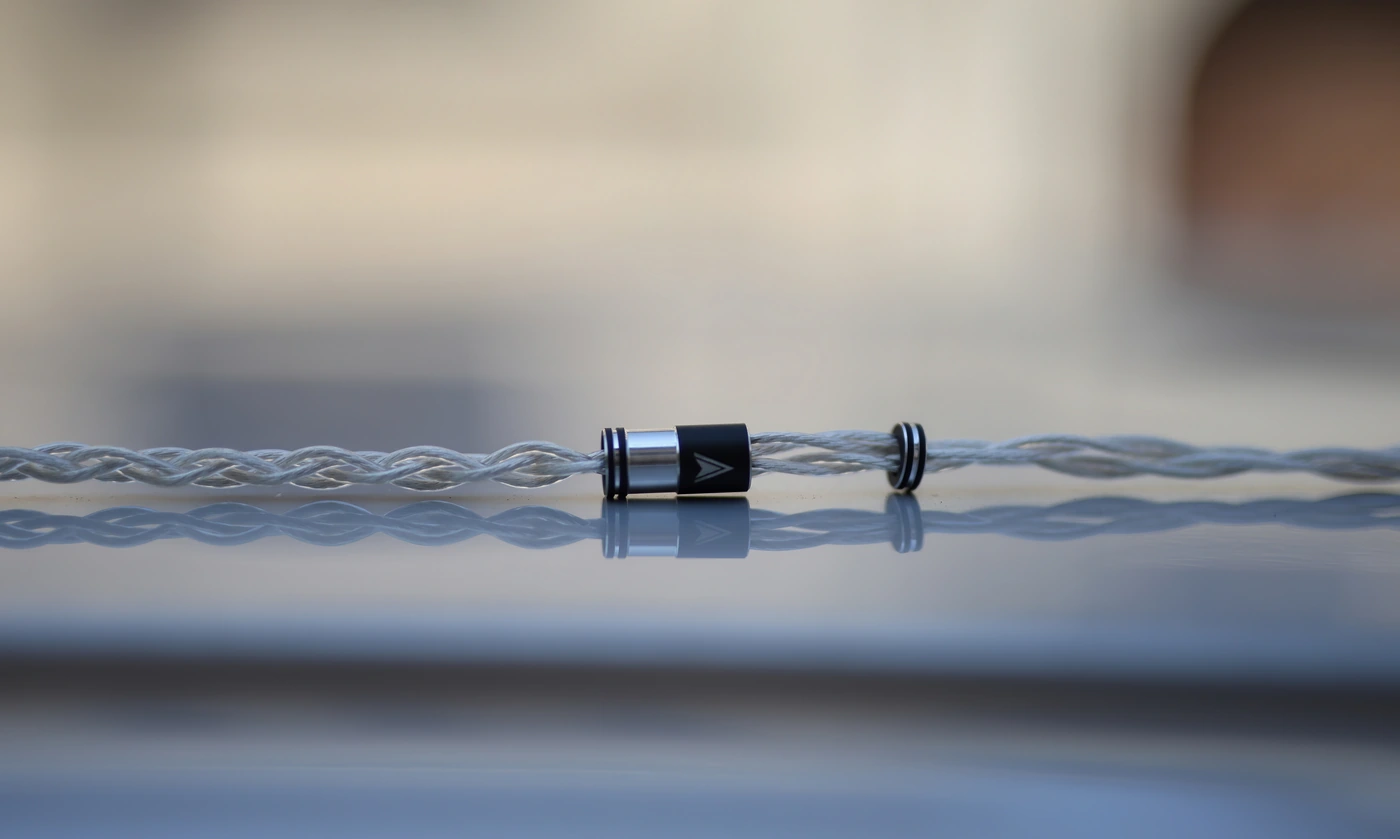
Treble – Although Eclipse is a silver cable, and I originally was quite concerned that it will be a bright and sharp sounding cable with a fatiguing treble, but it actually is really smooth, textures are on the softer side, presented naturally, with the treble being natural edging towards smooth, enjoyable and making most music easier to enjoy and listen to. This all cycles back to the fact Eclipse reveals details more, and because it smooths out treble peaks and harshness, you hear and understand more information and clarity in music, sound is less abrasive and makes more sense, with cymbal crashes sounding silkier and more refined, a bit unusual for a silver cable, but still a welcome change for all the IEMs I tested it with.
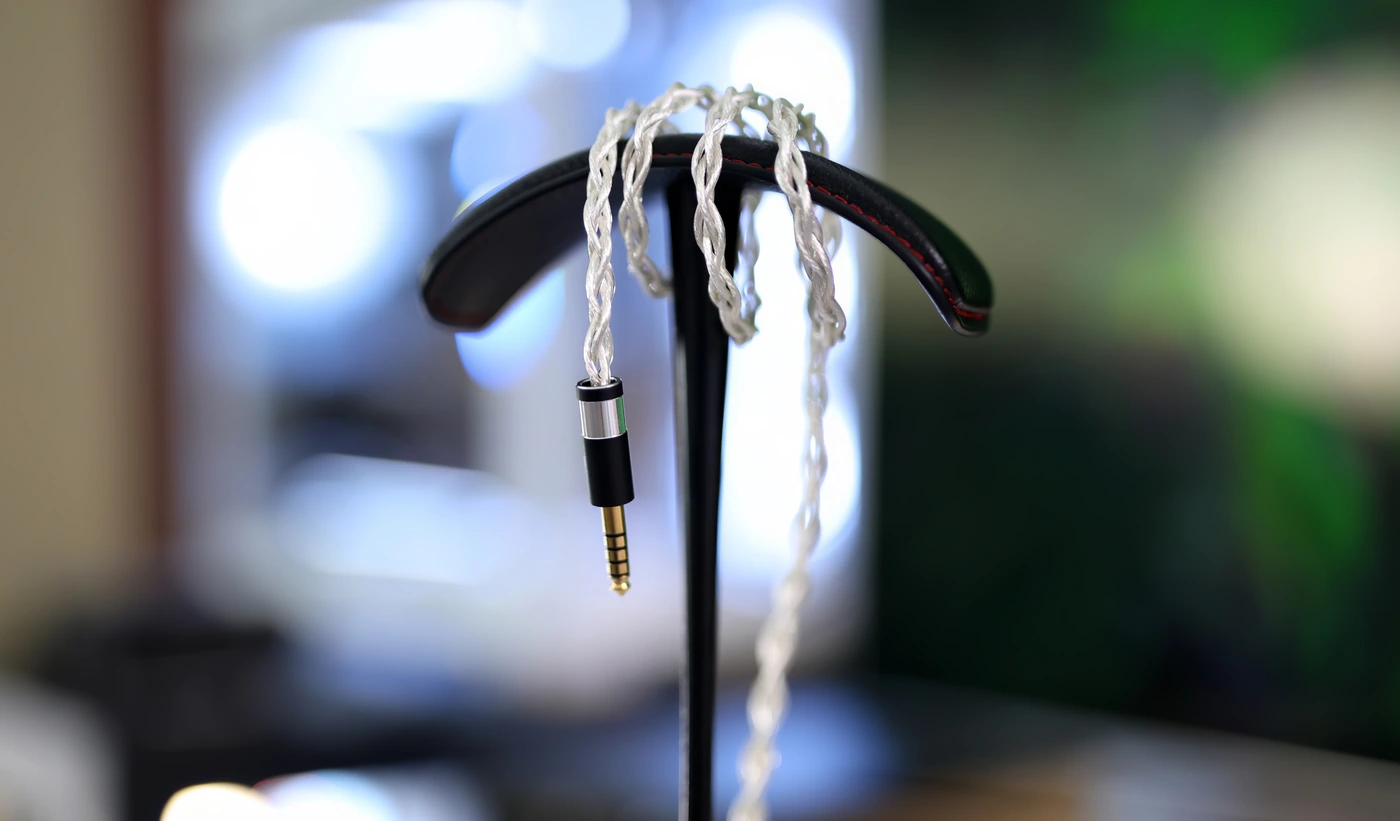
Dynamics / PRaT / Textures – Most cables I ever tested will have an impact on the dynamics, and impulse response of IEMS, changing textures and how an earphone, speaker or transducer interprets impulse, so Eclipse is on the softer, refined state, it doesn’t take away the texture, and instead refines the texture, makes it easier to enjoy, gives music more depth and richness, thicker textures and more enjoyable sounds for all instruments, removing a bit of the grain from grainy instruments and IEMs. The richness Eclipse adds to music is not the tube style that increases THD, but it actually lowers THD, adds control and lowers the perceived distortion for the listener.
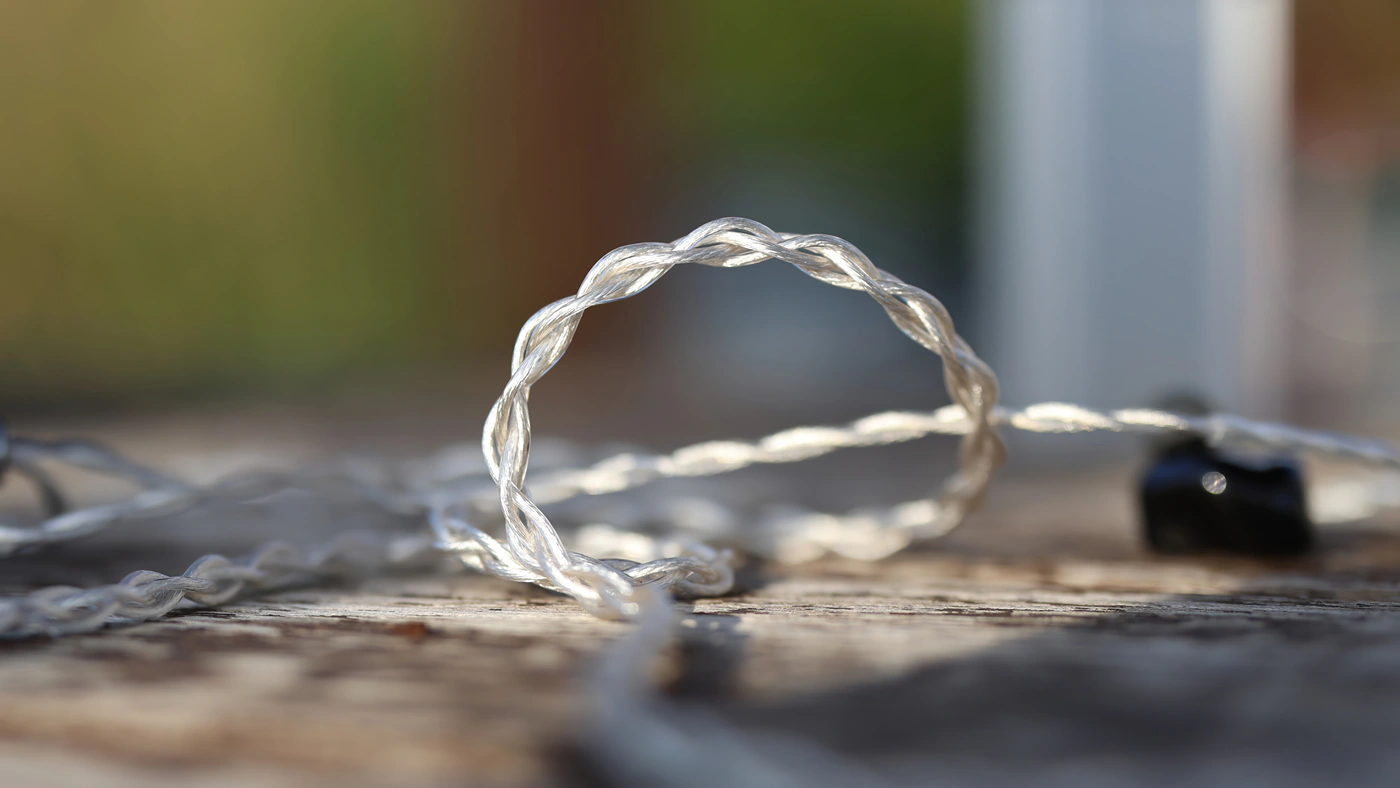
Soundstage – The soundstage is increased, both in width and depth, as all instruments are given more space to play, there is better instrument definition and clarity, including for micro details and clues about directionality. This all cycles back to how Eclipse improves the control and resolution of instruments, allowing you to actually hear more of the information present in music, improves clarity and detail, and soundstage along with it. Silver in general is known to sound wider, but Eclipse sounds both wider and deeper.
Comparisons
Astral Acoustics Eclipse vs STE AG W16 (950 USD vs 580 USD)
Build – Starting with a rather traditional competitor, STE AG W16 is unique in the sense it has a different sheathing below the Y Split and above the Y Split. This can introduce microphonic noise of different types, and also cause a bit of confusion while wearing the cable, although it does make it look really cool. I find the Astral Acoustics Eclipse to look even better, as I love the silver color of the cable, plus the connectorts, both 2-Pin connectors used at the IEM side, and the 4.4mm balanced jack feels sturdier and looks cooler. Both cables are compatible with all the IEMs I tested with, and neither has too large or too small 2-Pin connectors.
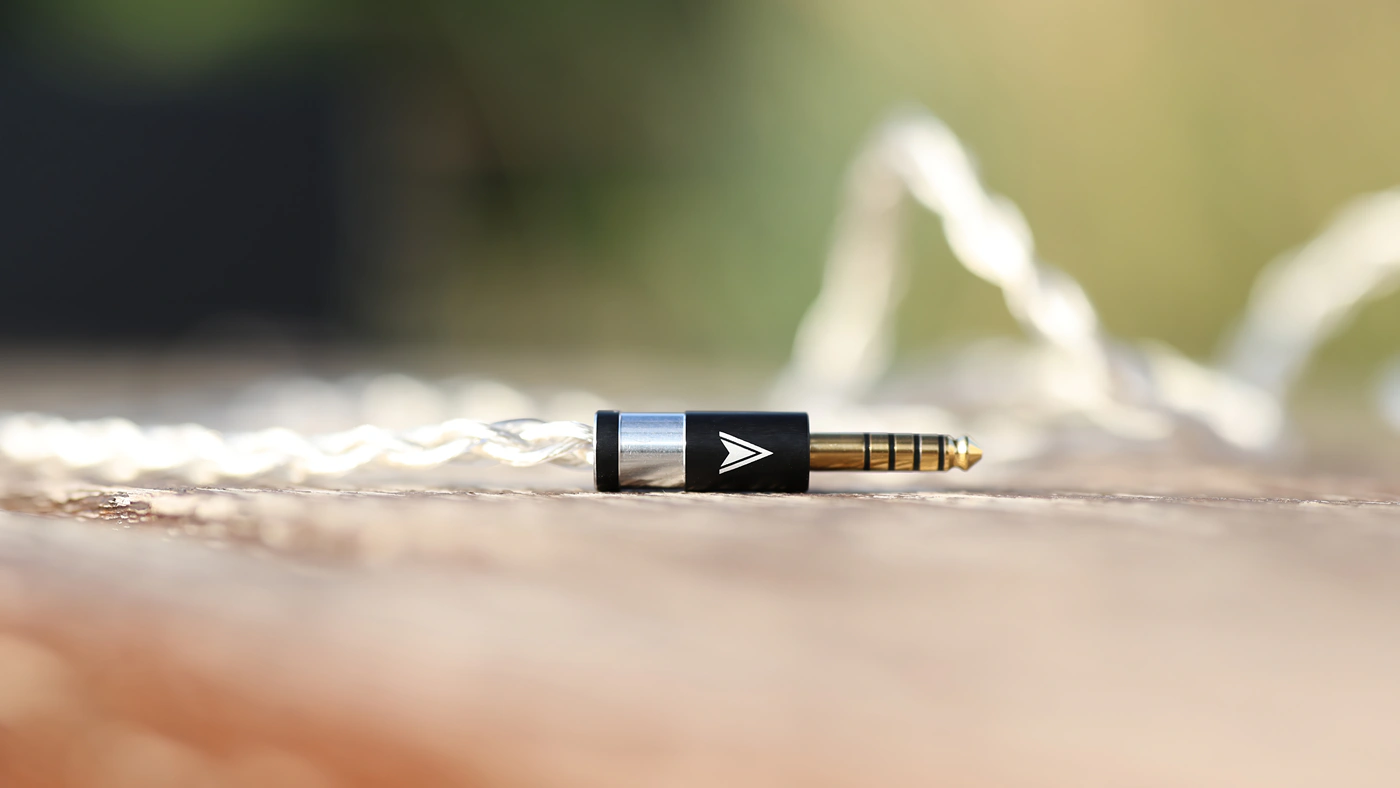
Sound – Sonically, AG W16 is a rather brighter sounding cable, with more texture, and more grain, it has a well-defined tuning and signature that bleeds through every single pairing, changing the tuning of an IEM quite a bit, while Astral Acoustics Eclipse actually mostly refines and improves the sound, while allowing the default tuning and signature of the IEM to pass through with more transparency. The bass is deeper as presented by the Eclipse, it has more depth and better impact, while AG W16 tightens and brightens the bass. The midrange of the Eclipse is more transparent, smoother and has a wider soundstage, with better depth too, while AG W16 adds grain and creates the feeling of detail more. The treble of the Eclipse is smoother and more detailed, cleaner, while STE AG W16 sounds grainier, sharper and brighter.
Astral Acoustics Eclipse vs Astral Acoustics Pulse (950 USD vs 550 USD)
Build – Astral Acoustics Pulse is a Copper Cable, which is tighter, more solid, and with tighter coiling around the ear. Eclipse feels more high-end, is silver and is more ergonomic, and as it is softer, it cancels microphonic noise better. Both cables are made with excellent build quality, both look really nice, and both offer a good sound, with no issues regarding the connectors, as both use the same 2-Pin and 4.4mm balanced jacks.
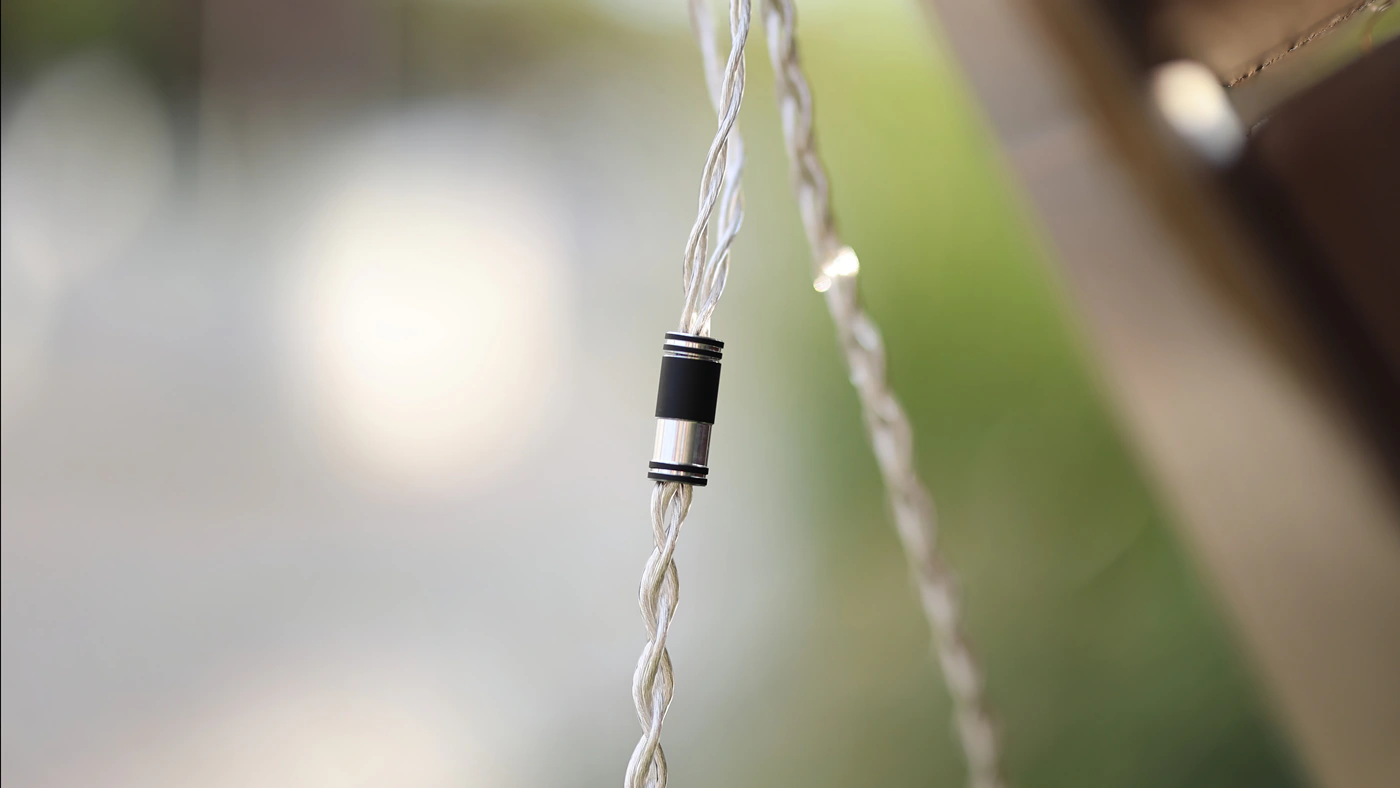
Sound – Sonically, the presentation is quite different, as Pulse has a warmer, more punchy sound, with more warmth and depth in the bass, a smoother, fuller midrange, and a smoother, softer treble. Eclipse sounds more refined, instrument texture is smoother and more natural, treble extends better in the high-end, with more shimmer and sparkle, without it becoming fatiguing or being too bright, and the bass is tighter, more detailed and more defined, revealing details better, without feeling too clinical or too analytical. Overall, Eclipse sounds more neutral, more transparent, reveals details better and it is generally a better cable sonically, although if you want and need warmth and bass, Pulse offers more of it, and smooths the treble more.
Astral Acoustics Eclipse vs Plussound Copper+ (950 USD vs 999 USD)
Build – Copper+ is a fairly tight, and hard cable, it feels more solid, but is more springy, has more memory effect, and with more and more usage, it feels like the jacket of the Copper+ is too tight and too hard for an IEM cable. By contrast, the Eclipse I am using already has a couple hundred hours on it, and has been taken outdoors, left in the sun, and placed on hot metallic surfaces for photos, but still looks like new, it is soft, and flexible, and feels more reliable for long-term usage. The 2-Pin connector quality is high on both, and both cables feel well put together and well made.

Sound – Sonically, Copper+ is rather colored, having a rich, deep and musical tuning, which adds thickness, low-end presence and smooths out the treble quite a bit. Eclipse sounds more open, more detailed, refined, and reveals more detail, drawing in more information from the music, and also allows that information to make sense instead of presenting it as grain. There’s more space with Eclipse which presents each sound in a wider space, with more depth, while Copper+ is more intimate, although the increased warmth will make you feel like the bass and lower midrange is bigger. For bright and sharp sounding IEMS, Copper+ is easier to recommend, while for basically any other IEM, Eclipse will improve the sound much more.
Value and Conclusion
It is sometimes hard to argue that a product costing 950 USD is worth the investment, when we’re talking about cables, but Astral Acoustics designs and offers a high-end flagship product here, and just the raw materials, pure silver in this situation, can cost a good portion of the tag.
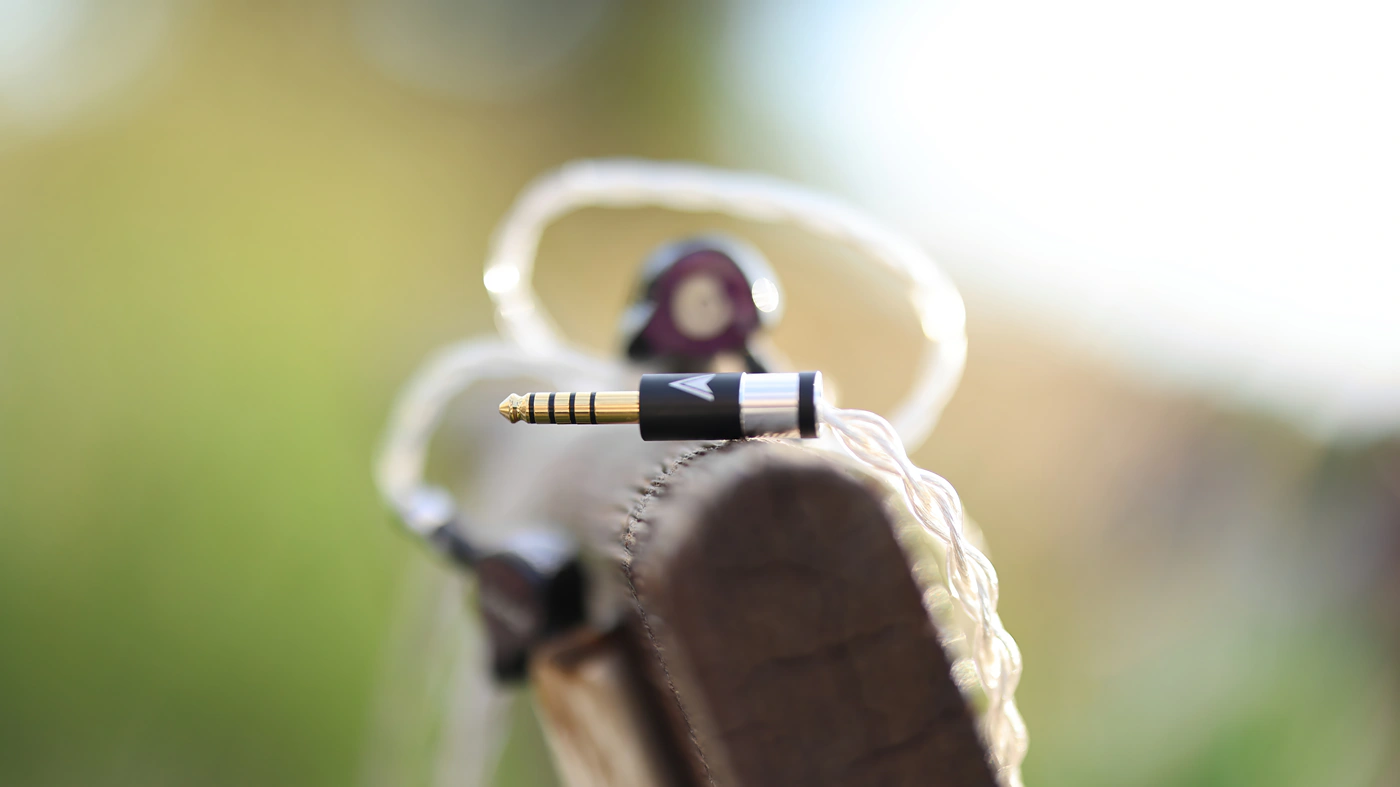
At the end of the day, if you’re looking for the best way to enhance and upgrade your IEMS, to increase the comfort, wearing pleasure and to give your IEMs a softer, more detailed, more refined sound that has improved clarity, Astral Acoustics Eclipse is one of the best you can purchase today and will serve without fail.
Product Link
You can grab one here – https://www.astralacousticscables.com/product-page/eclipse
--- Please remember to stay safe, and always have fun while listening to music!---
- If you have a dime to spare, please donate, and help us! It would make the day brighter for me and my wife-
Full Playlist used for this review
We listened to more songs than those named in this playlist, but those are excellent for identifying a sonic signature. I recommend trying most of the songs from this playlist, especially if you’re searching for new music! The playlists are different for Spotify, Tidal and Youtube, and based on the songs I enjoy and are available on each!
https://www.youtube.com/playlist?list=PL_cjBXGmwSHSdGcwuc_bKbBDGHL4QvYBu
https://open.spotify.com/playlist/5J3oloz8Riy9LxEGenOjQ0?si=979ba4f082414be7
https://tidal.com/browse/playlist/330fd544-8e5b-4839-bd35-676b2edbb3d5
--- Contact Us ---





